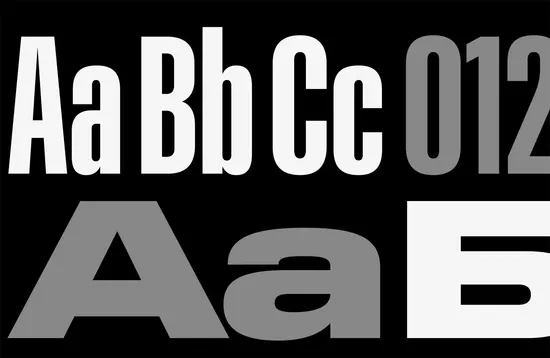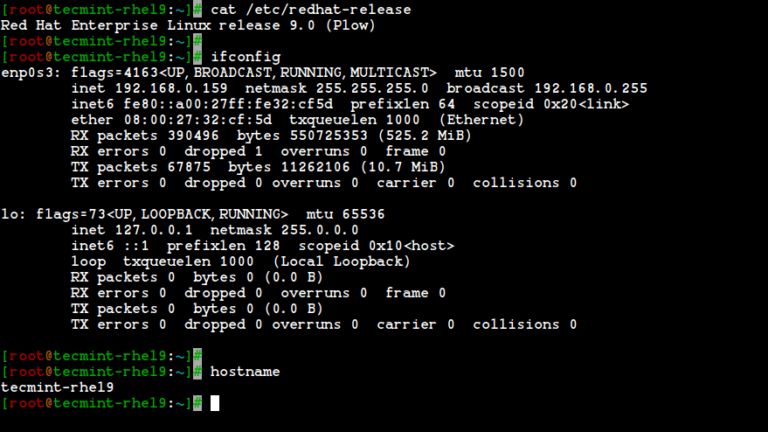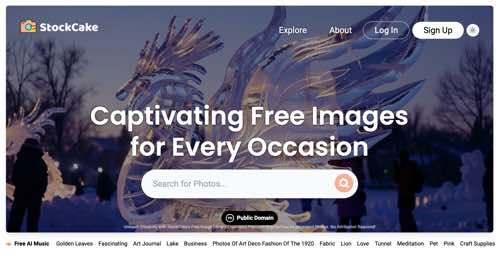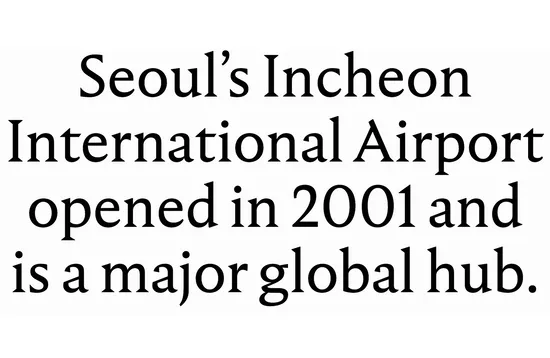Leaked documentation from Google suggests that where the search giant stores a link to a web page determines, at least in part, the page’s authority.
Google stores its index of web pages on a three-tiered hardware system, each with different processing speeds. The leak from Google’s engineering documents, first reported by consultant Mike King, suggests a link’s authority depends on its storage tier — faster tiers equate to more authority.
“It was something we already suspected, but data in the leak suggests that the value of a link relates to where the page that the link exists on is stored in Google’s index,” says consultant Barry Adams, who helps publishers optimize articles for the Google News ecosystem, including Top Stories and Discover. He also noted that Google’s News algorithm processes content much faster than universal search.
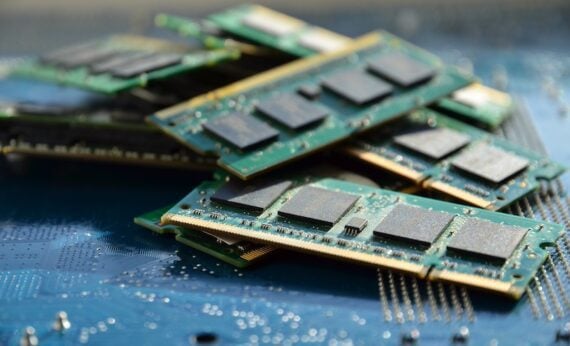
Google stores its index of web page links across three hardware tiers. Links on the RAM tier likely have higher authority.
“When an article is published, Google wants to show it in Top Stories as soon as possible because people want the latest news and updates. A lot of the processes that Google would perform as part of regular indexing and ranking of content don’t necessarily apply to News. To process News search results, Google has to take a few shortcuts along the way,” says Adams.
Ted Kubaitis at SEO Tool Lab has tested how quickly Google recognizes and incorporates new links into its rankings. So far, Google has taken at least three weeks to recognize and apply the authority of new backlinks to the rankings of web pages. News cycles are much faster.
Google upended Yahoo years ago as the leading search engine by treating links as recommendations by web users and ranking pages accordingly. The more recommendations or links a web page has from other domains, the higher that page tends to rank. Google calls this “citation indexing.” The logic is circular. If all other ranking factors are equal, a link from a web page with many trustworthy links pointing to it has more authority than a page with no links.
Storage Tiers
Google’s index of web pages resides on three hardware tiers:
- RAM: This is the fastest and most valuable tier, reserved for popular and highly ranked web pages. RAM storage includes popular News stories, which suggests backlinks from News articles pass more authority than those from niche blogs or low-traffic sites.
- Solid state drives: The middle tier offers faster retrieval than traditional rotating hard drives but is slower than RAM. Pages stored here are less frequently accessed than those in RAM but still hold significant value.
- Hard disk drives: The slowest tier, rotating hard disks, stores older or less frequently accessed pages. These pages are less valuable in terms of link value.
News Publishers
Engagement is a long-suspected ranking signal, especially in Google’s Discover feed. The leak data confirms what I and other SEO consultants already surmised: Google’s ranking algorithm likely tracks user interaction metrics.
That means search-result listings must generate clicks and engagement to last. To secure a top ranking, pages must appear in search results and receive clicks from users who then stick around for at least a few seconds. If they bounce (leave right away) and visit another listing for longer, a page won’t likely maintain its rankings.
News publishers with rigid paywalls experience low engagement metrics, resulting in lesser rankings in Google Discover feeds and thus fewer external citations.
To mitigate, many publishers implement a “leaky” paywall wherein visitors can view a few free pages before subscribing. This approach encourages engagement, enhancing the content’s potential inclusion in Top Stories and Discover feeds. However, excessive ads, pop-up overlays, and interstitials can boost bounce rates and lower engagement signals.
SEO Implications
For search optimizers, this three-tiered revelation necessitates a shift in link-building tactics. Traditional methods, such as acquiring links from niche sites or older content likely stored on less valuable tiers, may have a diminishing impact on rankings.
Thus link-building tactics should prioritize web pages stored on Google’s RAM tier. This means securing mentions in high-traffic news articles and publications, which pass a higher link value.
Barry Adams states, “You need creative link-building campaigns with creative content marketing to generate news stories. You also need what I call serious PR to try and get press coverage in news stories.”
Google’s recent addition of Site Reputation Abuse to its web spam policies — “when third-party pages are published with little or no first-party oversight or involvement” — could eventually result in the search engine ignoring press release pickups, particularly if absentee publishers aggregate company news releases on a no-index subdomain.
As of this writing, I still see positive results from search-engine-optimized press releases, whether they generate original news coverage or get aggregated on a publisher’s subdomain. But publishers and press release distributors appear to be scrutinizing the content much more diligently.


